MIT researchers develop batteries with double the power
The lithium metal batteries could power smartphones, drones and even electric cars


MIT has developed a technology that could double the battery life of gadgets including smartphones, tablets, drones and even electric cars.
The rechargeable battery is made from lithium metal rather than lithium ion and works without an anode, replacing it instead with graphite to make a super-thin, high-energy lithium metal foil. This part can hold more ions, which in turn, makes the battery last longer.
"With two-times the energy density, we can make a battery half the size, but that still lasts the same amount of time, as a lithium ion battery. Or we can make a battery the same size as a lithium ion battery, but now it will last twice as long," co-inventor of the battery and CEO of SolidEnergy, Qichao Hu, said.
The batteries, now in development by Hu's firm SolidEnergy, can be manufactured using existing techniques too, so it shouldn't be that much more expensive to make them or for device manufacturers to integrate them into consumer electronics.
They are even powerful enough to keep electric cars running for longer.
"Industry standard is that electric vehicles need to go at least 200 miles on a single charge," Hu added. "We can make the battery half the size and half the weight, and it will travel the same distance, or we can make it the same size and same weight, and now it will go 400 miles on a single charge."
The batteries could be in use by early 2017, in certain gadgets such as smartphones and wearables.
Sign up today and you will receive a free copy of our Future Focus 2025 report - the leading guidance on AI, cybersecurity and other IT challenges as per 700+ senior executives

Clare is the founder of Blue Cactus Digital, a digital marketing company that helps ethical and sustainability-focused businesses grow their customer base.
Prior to becoming a marketer, Clare was a journalist, working at a range of mobile device-focused outlets including Know Your Mobile before moving into freelance life.
As a freelance writer, she drew on her expertise in mobility to write features and guides for ITPro, as well as regularly writing news stories on a wide range of topics.
-
 Google is scrapping its dark web report feature
Google is scrapping its dark web report featureNews Google said while the dark web report feature offered “general information”, the tool didn’t provide “helpful next steps” for users potentially impacted by a breach.
-
 AI means you're probably going to need bigger developer teams
AI means you're probably going to need bigger developer teamsAnalysis Software developers may be forgiven for worrying about their jobs in 2025, but the end result of AI adoption will probably be larger teams, not an onslaught of job cuts.
-
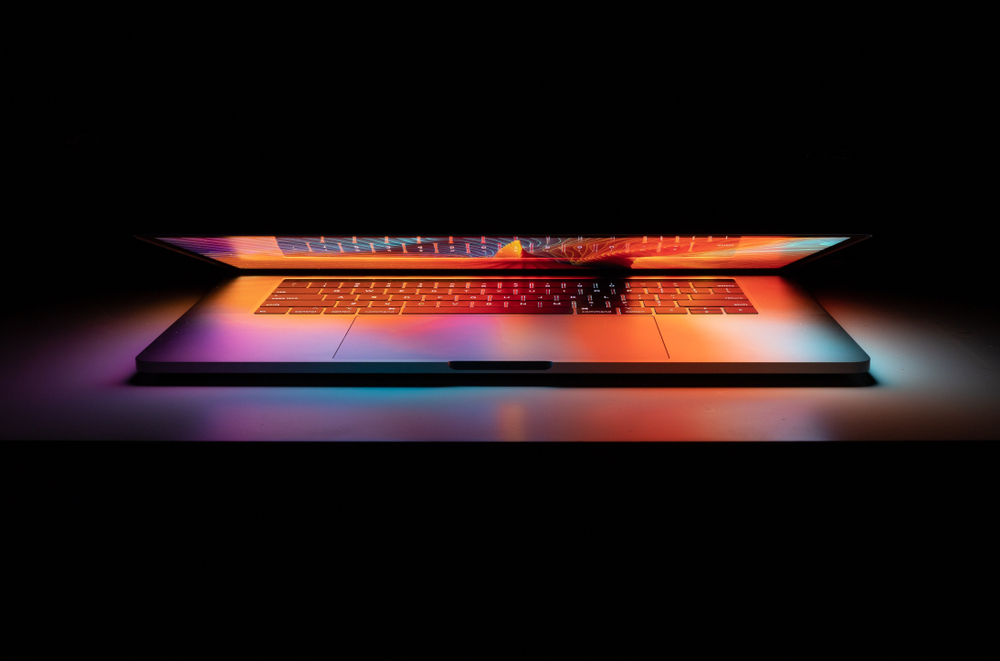 MacBook Pro owners report MagSafe charging issues
MacBook Pro owners report MagSafe charging issuesNews The return of MagSafe charger on the new 16in MacBook is creating problems for users
-
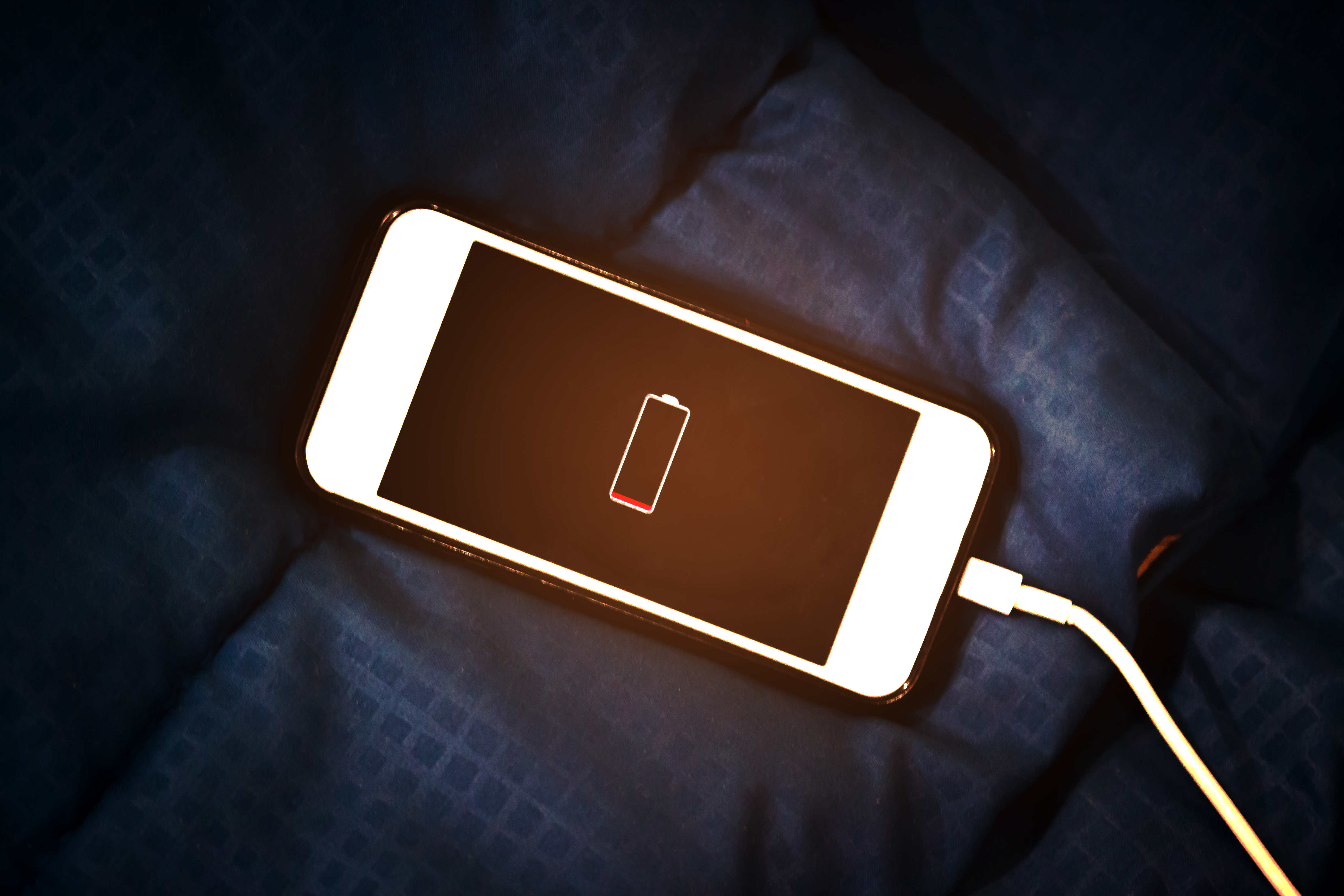 Apple is experimenting with attention sensors to save battery life
Apple is experimenting with attention sensors to save battery lifeNews Your next Apple device may shut down if you are not paying attention to it
-
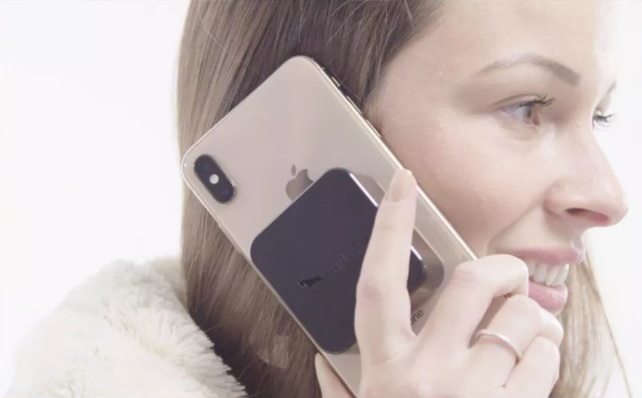 Omarco introduces the world’s smallest 5,500mAh wireless phone charger
Omarco introduces the world’s smallest 5,500mAh wireless phone chargerNews This tiny wireless charger will zap your phone back to 100% in just 1.5 hours
-
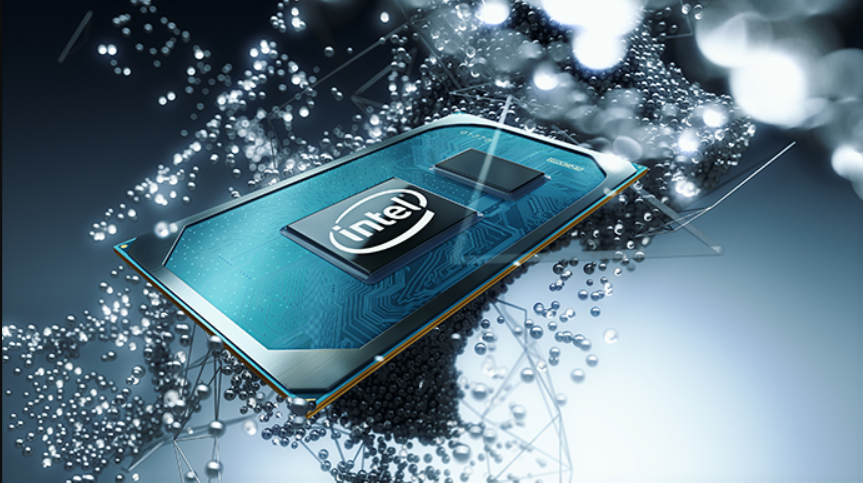 Intel pledges more power and battery life with Tiger Lake CPUs
Intel pledges more power and battery life with Tiger Lake CPUsNews The embattled firm hopes to turn over a new leaf with a branding refresh and launch of the ‘EVO’ standard
-
 OPPO’s 125-watt charger tops up smartphones in just 20 minutes
OPPO’s 125-watt charger tops up smartphones in just 20 minutesNews OPPO’s all-new lineup of flash chargers likely won't make it to the U.S.
-
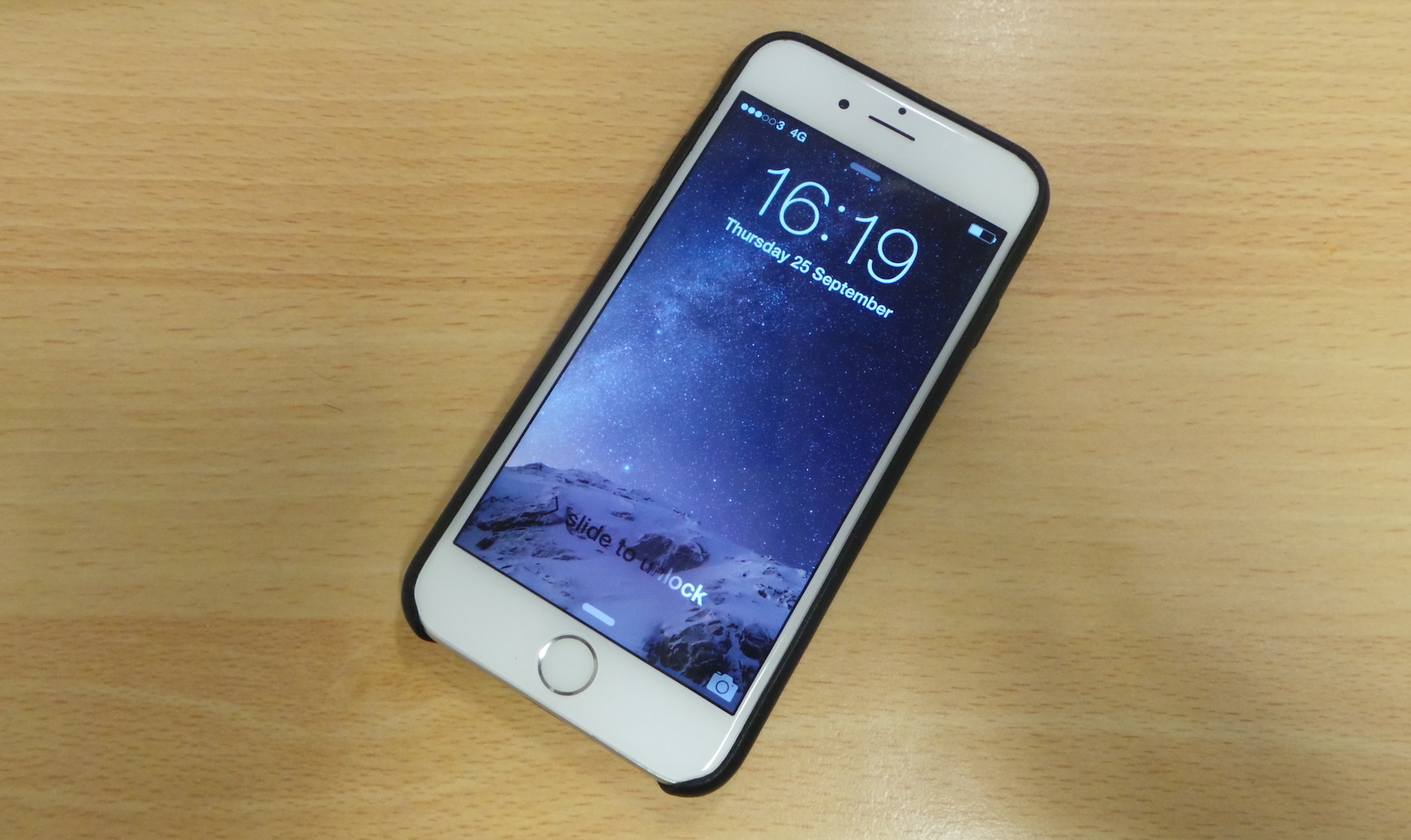 Sign up now for the $25 iPhone “batterygate” payout
Sign up now for the $25 iPhone “batterygate” payoutNews Don’t expect to get the full $25 payout, though
-
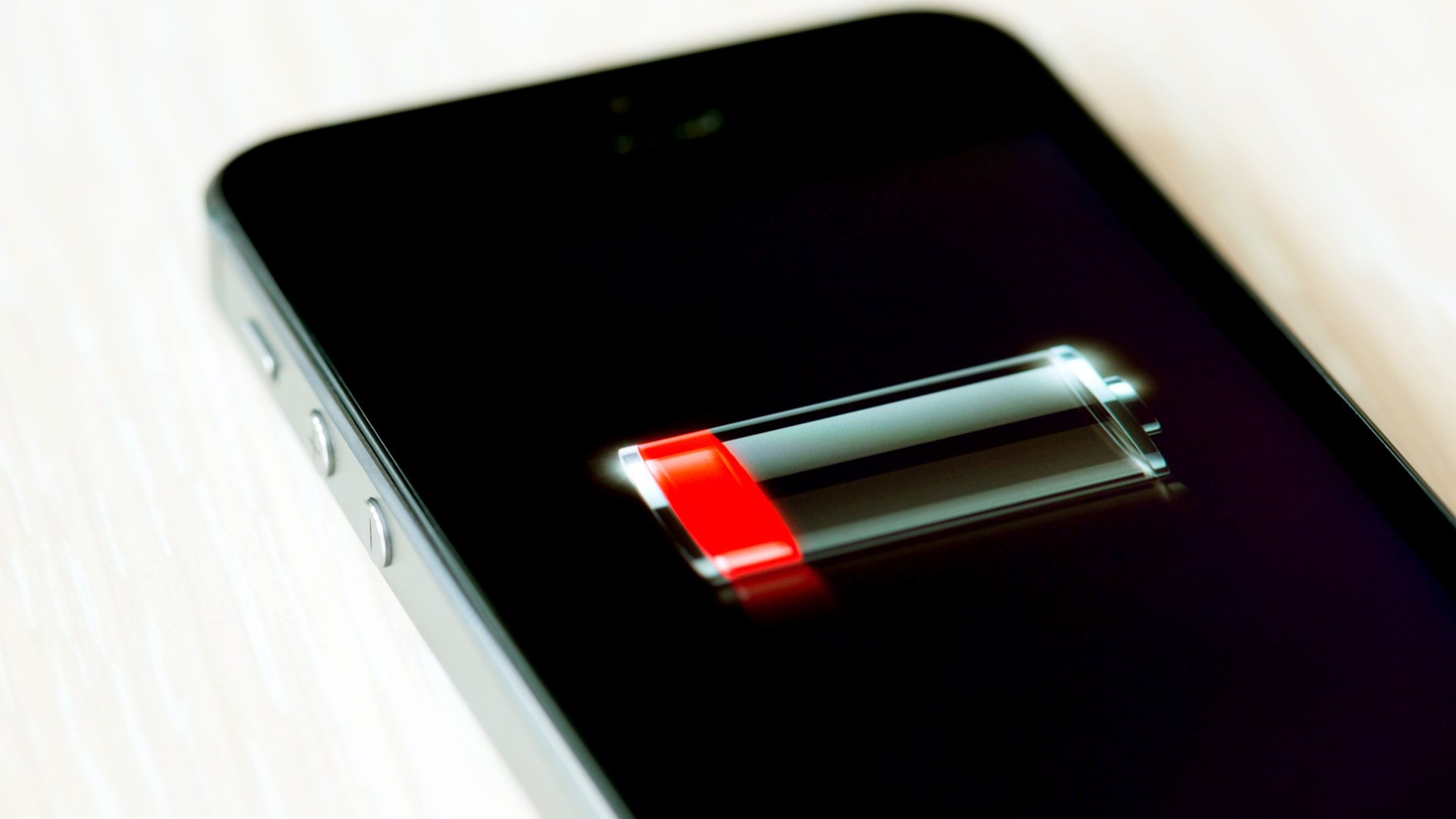 Apple is facing a battery of problems
Apple is facing a battery of problemsOpinion Apple is paying the price for forcing people into unnecessary upgrades
-
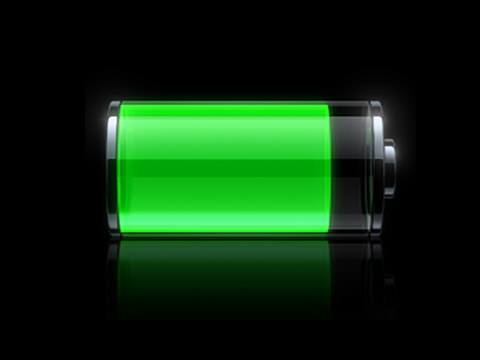 Apple battery slowdown lawsuits to be heard in one court case
Apple battery slowdown lawsuits to be heard in one court caseNews Dozens of cases to be heard at once during a hearing scheduled for next month